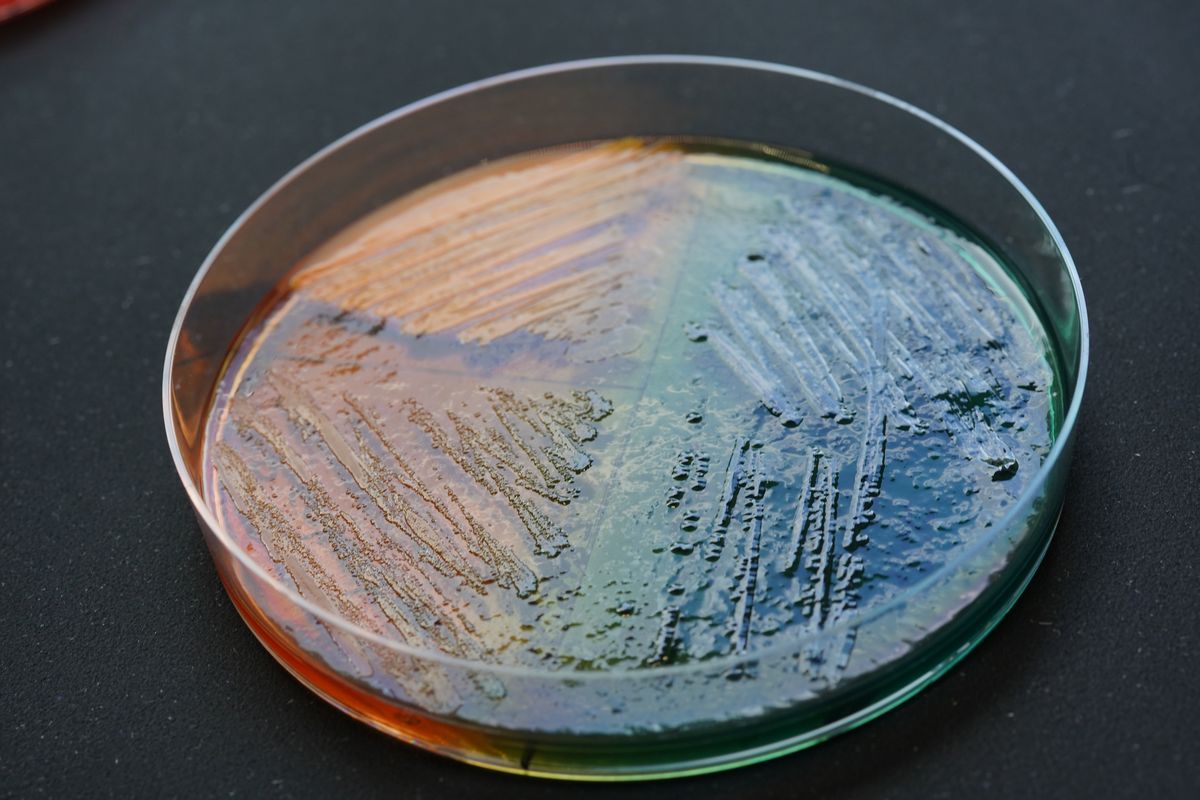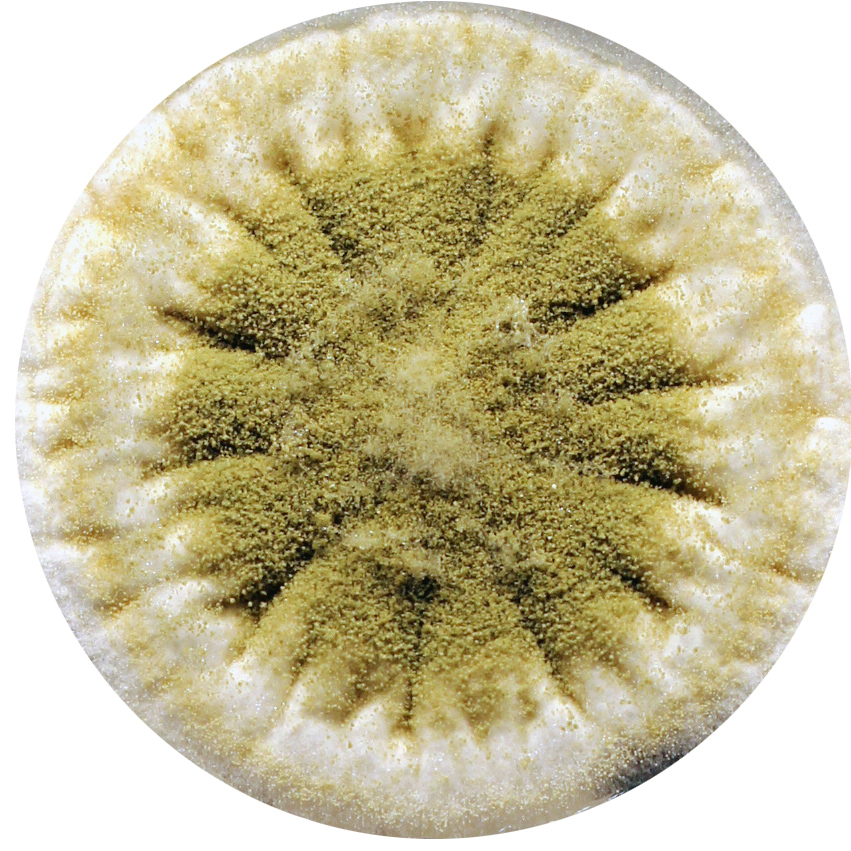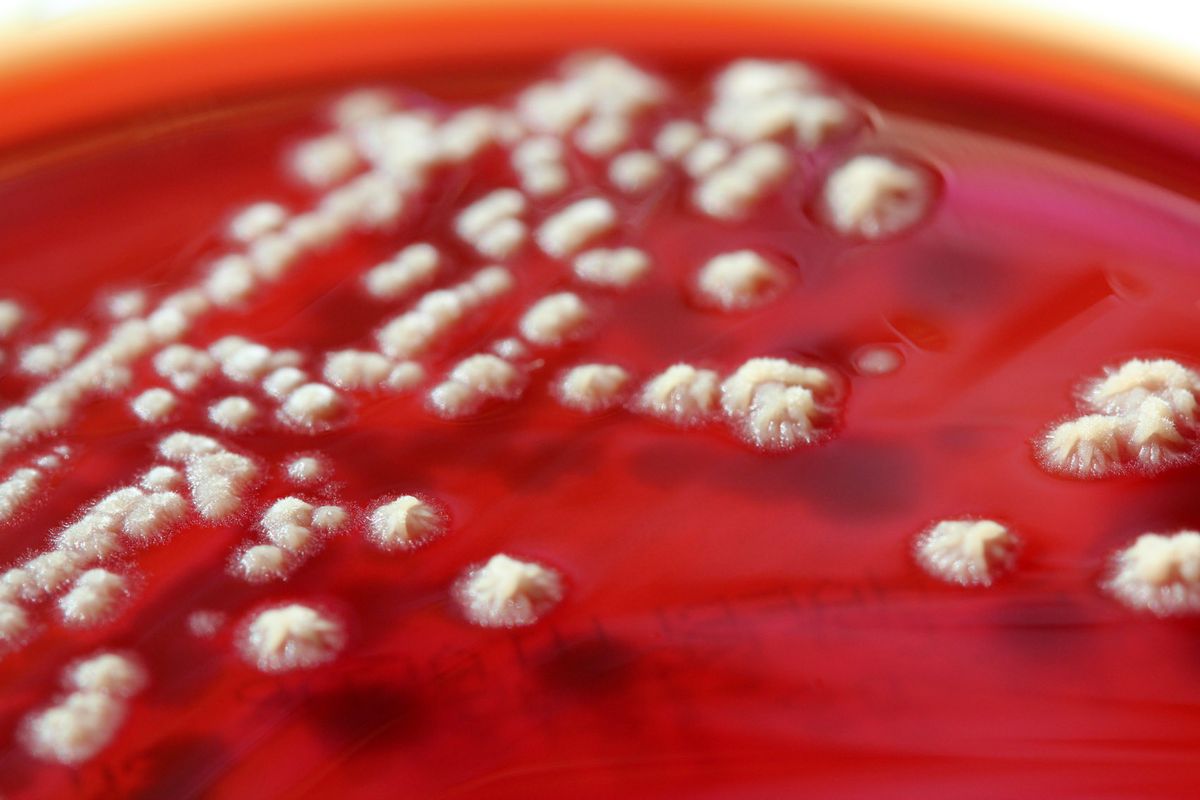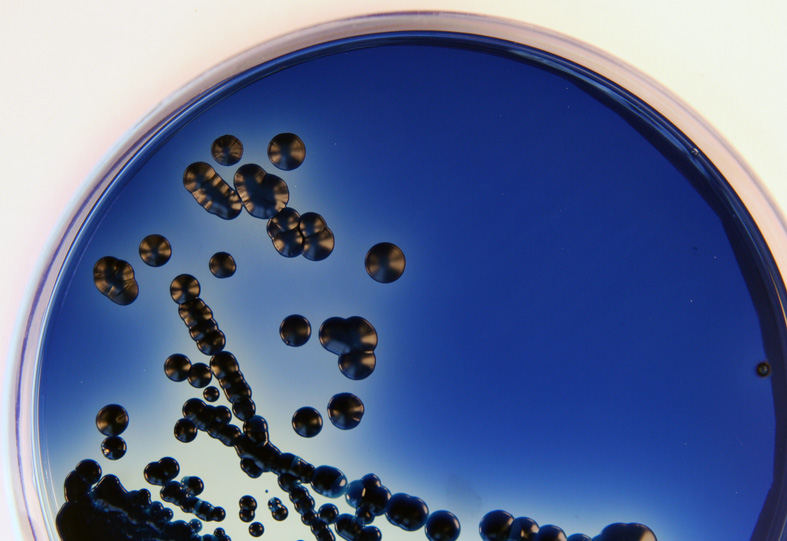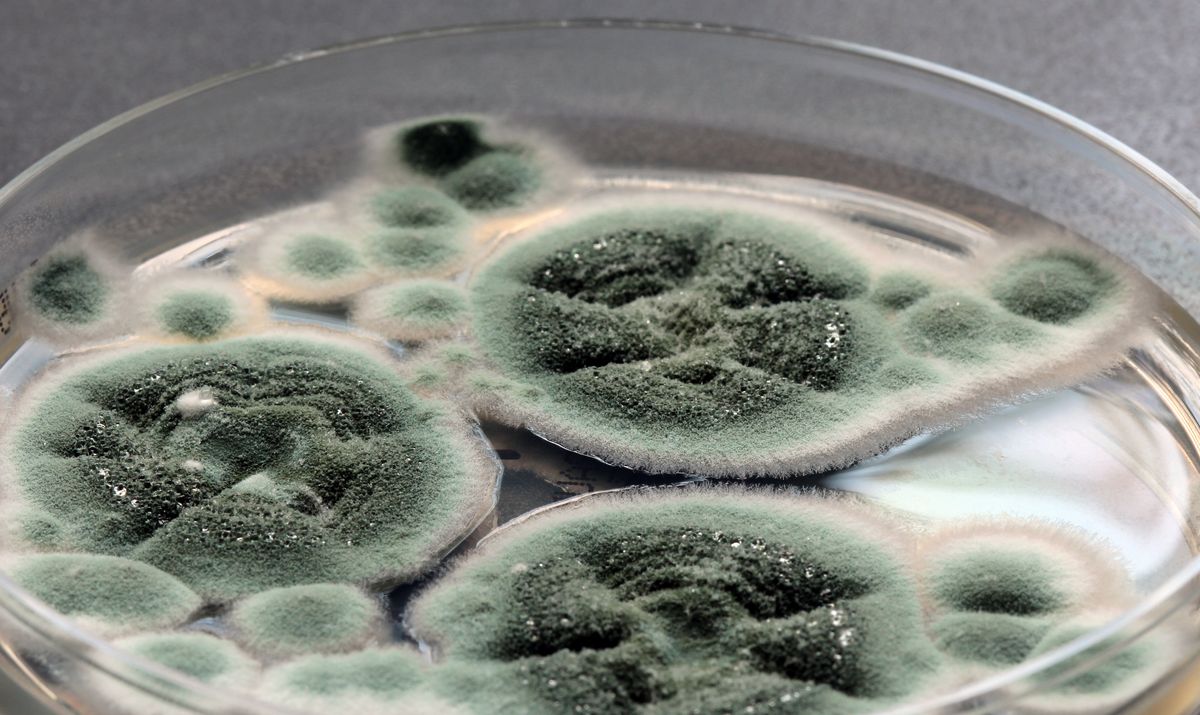Current projects
Contact
Director
Office at Klinikum Oldenburg
Address
Current projects
Proteus
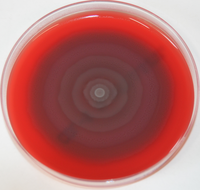 Bacteria belonging to the genus Proteus are a particular focus of research. Proteus mirabilis is a pathogen that frequently causes
Bacteria belonging to the genus Proteus are a particular focus of research. Proteus mirabilis is a pathogen that frequently causes
Research focus. Proteus mirabilis is a pathogen that frequently causes cystitis and bloodstream infections. A striking feature of P. mirabilis is its ability to move through so-called swarming and thus colonize new habitats. In addition, P. mirabilis isolates, even if they carry a resistance gene against carbapenems, are often incorrectly classified as too sensitive to antibiotics with current routine tests, which can lead to incorrect treatment.
In the Medical Microbiology working group, we also deal with the occurrence of Proteus species in the environment, in the clinic and in animals. The prevalence of antibiotic resistance is particularly relevant here. The establishment of a diverse Proteus strain collection is intended to improve the diagnosis of various Proteus species in clinical routine and to investigate pathogenicity.
Publications on the topic:
Hamprecht, Axel et al. „Proteus mirabilis - Analyse einer verborgenen Quelle von Carbapenemasen und Entwicklung eines diagnostischen Algorithmus zum Nachweis“. Clinical microbiology and infection : the official publication of the European Society of Clinical Microbiology and Infectious Diseases vol. 29,9 (2023): 1198.e1-1198.e6. doi:10.1016/j.cmi.2023.05.032
Sattler, Janko et al. „OXA-48-like carbapenemases in Proteus mirabilis - novel genetic environments and a challenge for detection“. Emerging microbes & infections vol. 13,1 (2024): 2353310. doi:10.1080/22221751.2024.2353310
Diagnostics
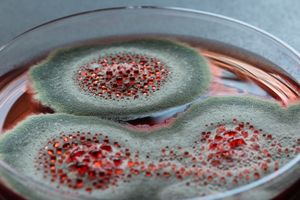 In order to treat an infection as successfully as possible, rapid and accurate diagnosis of the pathogen is essential. In particular the rapid and
In order to treat an infection as successfully as possible, rapid and accurate diagnosis of the pathogen is essential. In particular the rapid and
accurate diagnosis of the pathogen is essential. In particular, the resistance profile of a pathogen is crucial for the correct treatment of a sick person. The constant development of pathogens makes it important to regularly review existing and standardized test procedures and, if necessary, improve them and optimize workflows.
Publications on the topic:
Hamprecht, Axel et al. “Proteus mirabilis - analysis of a concealed source of carbapenemases and development of a diagnostic algorithm for detection.” Clinical microbiology and infection : the official publication of the European Society of Clinical Microbiology and Infectious Diseases vol. 29,9 (2023): 1198.e1-1198.e6. doi:10.1016/j.cmi.2023.05.032
Sattler, Janko et al. “OXA-48-like carbapenemases in Proteus mirabilis - novel genetic environments and a challenge for detection.” Emerging microbes & infections vol. 13,1 (2024): 2353310. doi:10.1080/22221751.2024.2353310
Schaffarczyk, Lukas et al. “Detection of rare carbapenemases in Enterobacterales-comparison of two colorimetric and three CIM-based carbapenemase assays.” Microbiology spectrum vol. 12,2 (2024): e0301523. doi:10.1128/spectrum.03015-23
Thelen, Philipp et al. “A side-by-side comparison of the new VITEK MS PRIME and the MALDI Biotyper sirius in the clinical microbiology laboratory.” European journal of clinical microbiology & infectious diseases : official publication of the European Society of Clinical Microbiology vol. 42,11 (2023): 1355-1363. doi:10.1007/s10096-023-04666-x
One Health
The basic idea of the One Health approach is to consider the health of humans and animals not as stand-alone objects, but as an interaction between humans, animals and the environment. Against this background, the Medical Microbiology working group is concerned with the occurrence and spread of pathogens affecting humans in the environment. A recent study shows that multi-resistant pathogens are present in bodies of water in Lower Saxony (lakes, rivers and canals were tested). This suggests that pathogens and resistance genes can also spread via water.
Publications on the topic:
Cimen, Cansu et al. “Surface water in Lower Saxony: A reservoir for multidrug-resistant Enterobacterales.” One health (Amsterdam, Netherlands) vol. 17 100606. 27 Jul. 2023, doi:10.1016/j.onehlt.2023.100606
Spread of pathogens and resistance genes
Using next-generation sequencing, the Medical Microbiology working group reconstructs outbreaks of infections in highly sensitive areas such as intensive care units. This allows transmission routes such as transmission via shared equipment to be uncovered and prevented in the future.
The dissemination of resistance genes between bacteria is also of great interest.
Publications on the topic:
Cimen, Cansu et al. “Uncovering the spread of drug-resistant bacteria through next-generation sequencing based surveillance: transmission of extended-spectrum β-lactamase-producing Enterobacterales by a contaminated duodenoscope.” Antimicrobial resistance and infection control vol. 13,1 31. 8 Mar. 2024, doi:10.1186/s13756-024-01386-5
Tönnies, Hauke et al. “Investigating environmental transmission to resolve a Bacillus cereus group outbreak in a neonatal intensive care unit using core genome multilocus sequence typing.” Antimicrobial resistance and infection control vol. 13,1 1. 7 Jan. 2024, doi:10.1186/s13756-023-01359-0

